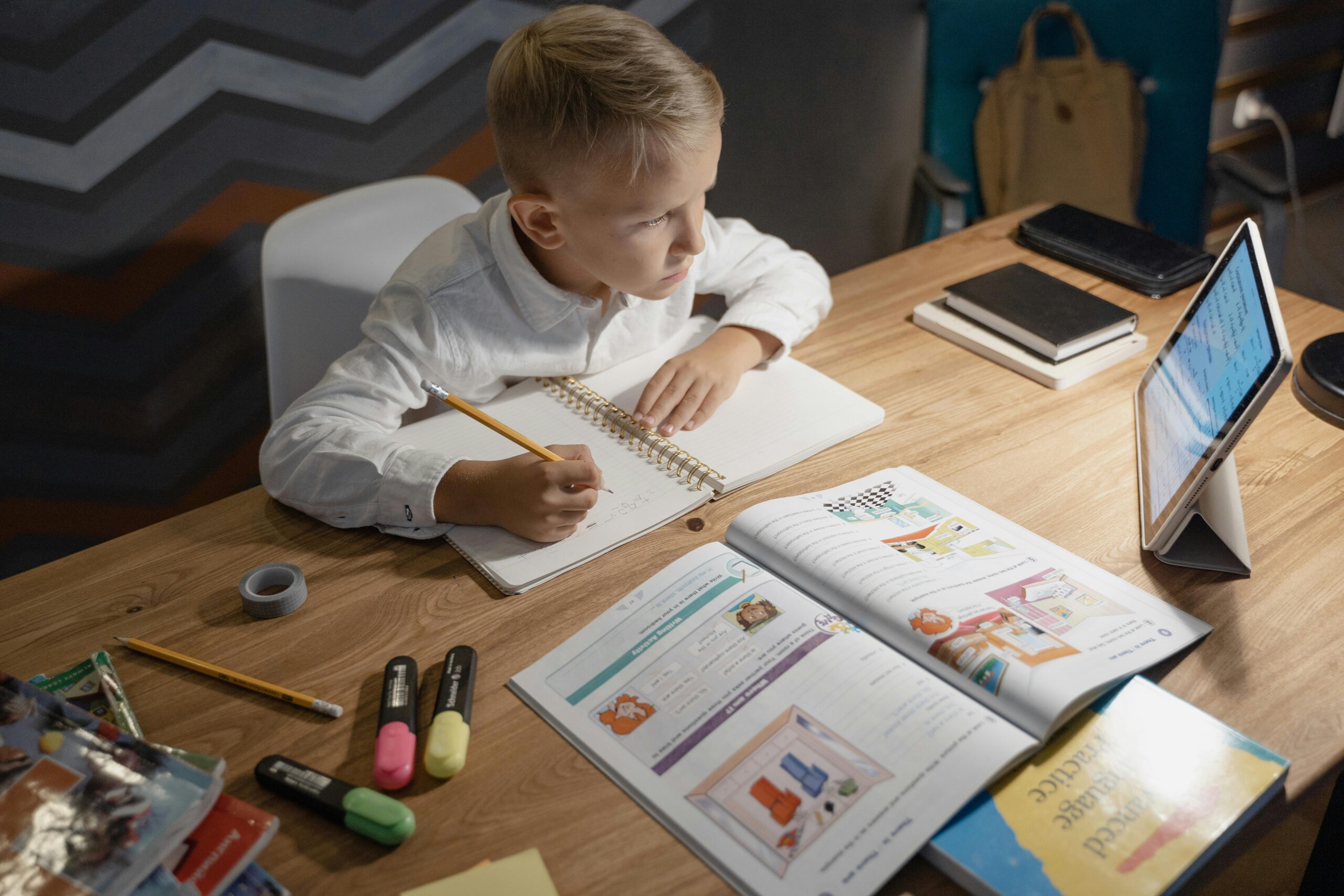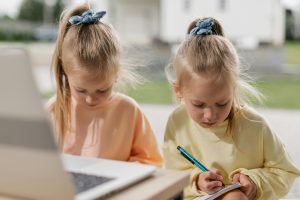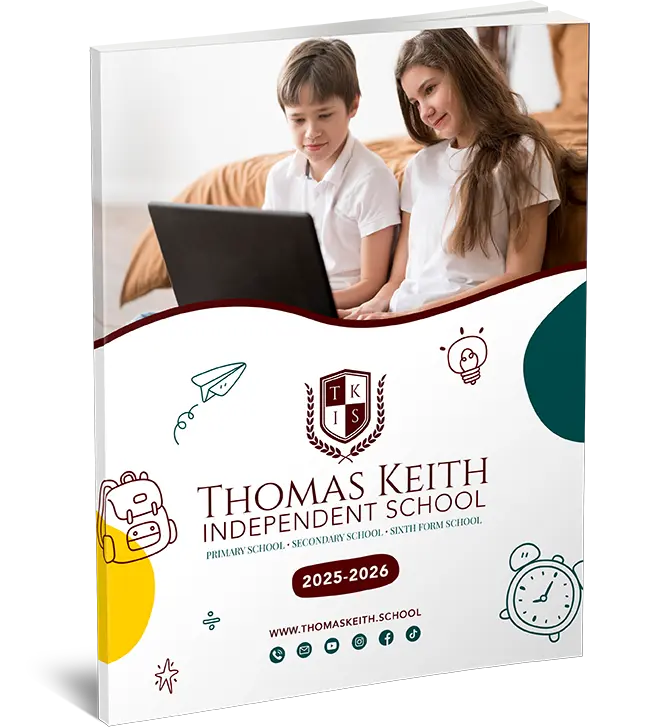
Creative Curriculum Topics KS1
Creative Curriculum Topics KS1: Engaging Learning to Development Young Minds
Starting a firm basis for lifetime learning from the early years of education is vital. Officially, children aged five to seven start their education in the UK with Key Stage 1 (KS1), covering Years 1 and 2. Now, equally as crucial as fostering creativity is developing basic literacy and numeracy skills. Designed to expose young children to a broad spectrum of subjects and enable cross-disciplinary linkages, creative KS1 curriculum themes reflect Emphasising pragmatic, hands-on learning, a creative curriculum can inspire kids’ imaginations and curiosity, therefore fostering a stronger love of learning.
Thomas Keith Online Independent School is one of those inventive schools that tailors its curriculum to include experiential learning chances that make learning fascinating and accessible to every student.
This paper investigates several creative curricular topics ideal for KS1 and illustrates how they may be included in teaching and learning so that education is fun and fascinating for young students. We will look at practical exercises, cross-curricular links, and ways to change the creative curriculum to fit different learning environments through certain topic areas.
![]()
Value of a Grade 1 Creative Curriculum
Under a creative curriculum, students are actively learning through interactive, topical modules and hands-on projects. Relating fresh knowledge to children’s daily experiences helps them to grasp challenging ideas and develops a passion for learning. The benefits consist in:
Becoming competent in critical analysis and problem-solving
Enhancing Social and Emotional Development
Encouraging communication and teamwork
Encouragement of creativity and innovation
Growing to be curious and exploratory.
Crucially important creative subjects for the KS1 curriculum
1. Analysing our surroundings’ nature and environment
Young kids absolutely must grasp nature and environmental concerns. Exercises in hands-on learning can address physics, geography, art, and literacy among other subjects.
Subjects and Task:
By spreading seeds and monitoring plant growth, students study the life cycle of plants and the principles of environmental care—mini gardens.
Investigating the seasons through nature trips, leaf collecting, and weather monitoring helps students connect to their surroundings and the natural world.
Miniature research projects on different ecosystems and environmental adaptation might be included in courses concerning animals and their environments.
One such real-world example
Students can study wildlife protection in the “Nature Detective” module of Thomas Keith Online Independent School using interactive seminars with environmentalists and virtual field tours.
2. Historical explorations and time travel adventures
Through fascinating activities and narratives, young children can grow to connect to the past. Often the emphasis of KS1 history studies is important people, events, and technologies that shaped the world.
Activities and Subjects:
Teaching children about eminent people like Florence Nightingale or Neil Armstrong will inspire them and excite their curiosity. Easy role-playing games can help individuals better connect to these characters.
Examining local history will help students learn about customs, historical landmarks, and cultural legacy.
Children can learn about how history has evolved and how technology has progressed by contrasting vintage toys, cars, or homes with their modern counterparts.
One such real-world example
With students working on projects like “A Day in the Life” of a historical figure, the “Young Historians” curriculum at Thomas Keith Online Independent School promotes empathy and a knowledge of history through immersive experiences.
3. Creatively Arts: Imagination-Based Expression
Artistic expression is necessary for the development of creativity, coordination, and emotional awareness as well as for The creative arts at Kansas One comprises dance, music, theatre, and visual arts.
Subjects and Work:
Learning the foundations of painting, sketching, and crafts helps students to develop confidence in their capacity to express themselves.
Young children can investigate rhythm and melody by singing, clapping, and small instrument playing. This can aid in their memory and listening development.
Role-playing games can help children learn about historical figures or fictitious characters while also developing social skills and empathy, so tying in with reading.
One from the actual world
Inspired by stories they have read, Thomas Keith Online Independent School’s students create and present “Virtual Theatre,” short plays. This exercise helps them to improve their communication and confidence.
4. STEM for Young Explorer Activities: Interactive Science and Math
The KS1 curriculum mostly consists of STEM disciplines: science, technology, engineering, and mathematics. A creative curriculum may make STEM a fun and fascinating topic that piques students’ interest in how things work.
Works and Subjects:
Simple scientific ideas can be creatively presented via water, magnetic, or light experiments.
Math through Games helps children understand numbers, patterns, and forms instead of depending just on memorising.
Projects involving building or creating simple models help to improve spatial awareness and problem-solving ability.
One from the actual world
Students at Thomas Keith Online Independent School combine STEM with the study of space travel by replicating a “Mission to Mars” with commonplace objects, therefore enhancing their knowledge of physics and teamwork.
5. Cultural Sensibility: respecting diversity and legacy
Students who have an appreciation and understanding of many cultures are more suited to exhibit respect and empathy for others. This covers holidays from throughout the world, food, languages, and customs.
Objectives and Subjects:
Teaching children about and engaging in celebrations of holidays including Chinese New Year, Hanukkah, and Diwali exposes them to customs and values from around the world.
Reading stories from other cultures or asking parents to talk about customs helps to encourage several points of view.
Apart from broadening children’s perspectives, introducing them to cuisines from other nations can also be a great way to educate them about healthy eating.
One such real-world example
The “Around the World” course offered by Thomas Keith Online Independent School invites children to dress up and present something unique about their own culture, therefore promoting a friendly and open environment.
6. The Universe of Books: Reading and Storytelling
Children begin to pick the foundations of reading and writing in KS1 since literacy is a must for schooling. Using creative topics is one approach to inspire a passion for reading and storytelling.
Works and Subjects:
Acting out stories with puppets, costumes, or props could improve the reading experience.
Teaching children literature like Roald Dahl or Julia Donaldson will inspire them to create their own stories or dream of being writers themselves.
Establishing themed reading spaces encourages children to read on their own, therefore enhancing their confidence and comprehension skills.
One such real-world example
Thomas Keith Online Independent School offers an “Author’s Club” where students create storybooks and distribute them in an online library therefore promoting reading and creativity.
7. Wellness and Health: Growing Good Habits
An important part of KS1 teaching is encouraging a good lifestyle, which helps children understand the need for exercise, a balanced diet, and mental health.
Activities and Subjects:
Teaching children about the several food groups, creating simple snacks, and discussing the benefits of a balanced diet will all help them acquire appropriate eating practices.
Giving children mindfulness activities or simple yoga positions could enable them to better control their emotions and concentrate.
Through exploring emotions via storybooks and role-playing scenarios, children can improve their social and emotional skills.
One such real-world example
Thomas Keith Online Independent School’s “Health Heroes” program teaches children about mental health, fitness, and personal cleanliness using interactive games and group discussions.
![]()
Lastly,
Including creative curriculum subjects in KS1 teaching fosters a rich, fascinating, and all-encompassing learning environment. Children are inspired by these topics to explore, ask questions, and engage with their environment. Models include schools like Thomas Keith Online Independent School, which shapes young brains with a flexible, student-focused curriculum. Including creativity in school can help us produce lifetime learners with a passion for learning and a curiosity about the world.
FAQs
Q1: Why is a creative KS1 curriculum so vital?
A1: Essential for the development of young pupils in KS1 are involvement, curiosity, and a joy of learning—all of which a creative curriculum promotes.
Q2: Is it possible to match traditional learning goals with artistic subjects?
A2: A hands-on, interactive approach can help to develop literacy, numeracy, and social skills by including creative topics into regular objectives.
Q3: In what ways does Thomas Keith Online Independent School support KS1 creativity?
A3: Thomas Keith Online Independent School’sspeciallyy created programs “Nature Detective” and “Young Historians” foster investigation, critical thinking, and cultural awareness.
Q4: With a creative curriculum, what topics might be taught in KS1?
A4: Using sometimes multidisciplinary and theme approaches, a creative curriculum can span reading, math, science, history, art, and social studies.







